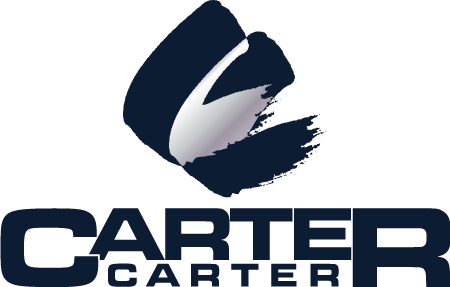This section is coordinated with Section 2.4, Files and File Management, and Section 4, Project Engineering. Effective communication is a fundamental prerequisite for all other management activities. Effective written communication goes well beyond this. It not only “communicates,” but can succeed—or fail—at documenting, presenting, convincing, and complying with contract terms.
If we’re not careful, the energy and emotions swirling around every jobsite can cause our communications to become confused and overly complex. At its worst, correspondence can too often be allowed to degenerate into a busy stream of innuendo, insults, or other unprofessional documents that at best will not exactly represent the company in a “favorable” light and at worst can unnecessarily expose the company to unexpected liabilities.
All correspondence in communication should be consistent within each project and throughout the company. Each communication must be clear, concise, efficient, and focused. Each must be made in the way that will make it possible for anyone unfamiliar with the original file to be able to review, correlate, arrange, and support an issue, and to coordinate the particular item with the complexities of the project record. A standard form of communication for various routine items should be adopted by the company, and each manager and professional with the company should be responsible to be sure that they comply with these ideals. Components of each communication must be closely coordinated with company routine and special file structures. Information must be factual, and conclusions must be logical. Opinions must be minimal, and emotional expressions must be controlled.
The design of effective correspondence must begin with the idea of the particular document’s fundamental purpose. If its purpose is simply to document, it may be sufficient to only state the supportable fact(s) and conclude the letter. In other cases, it may be more appropriate to clearly identify the issue, refer to a source of notice or other origination, create a paper trail, prove history, and compel some action. Its success in achieving these objectives will directly translate to the success of resolving a given issue. Its efficiency in meeting these goals will directly relate to the time and cost of arriving at a favorable end result. The speed with which all information relating to a claim issue can be assembled, for example, will go directly to the time needed for research and preparation (legal and administrative fees). The coordinated and comprehensive use of information will go directly to effectiveness of any analysis and minimization of lost information and lost opportunity.
If, for example, documentation and files are so arranged as to be easily retrievable and instantly correlated, the small amount of work involved in retrieving the complete, coordinated information will instantly put a manager in a good position to negotiate an issue with a very minimal amount of preparation time. In contrast, documentation and files that are arranged in ways that require heavy research and reorientation to old issues in order to prepare for battle carry with them very high probabilities that the hard work necessary to prepare for such negotiation might not be accomplished effectively—if at all—prior to meetings with opponents. This type of scenario—which is far more common—is fundamentally the definition of “lost information” and “lost opportunity.”
Each time a piece of correspondence is composed, it must be created with the idea that when the item is researched at a much later date (and possibly by different people), all required pieces of information will be physically present in the respective file or that clear references to related information (and their specific locations) are included. There should never be a need to recall circumstances without the benefit of an efficient paper trail and some method to get to the source quickly and completely.



Post your comment on this topic.